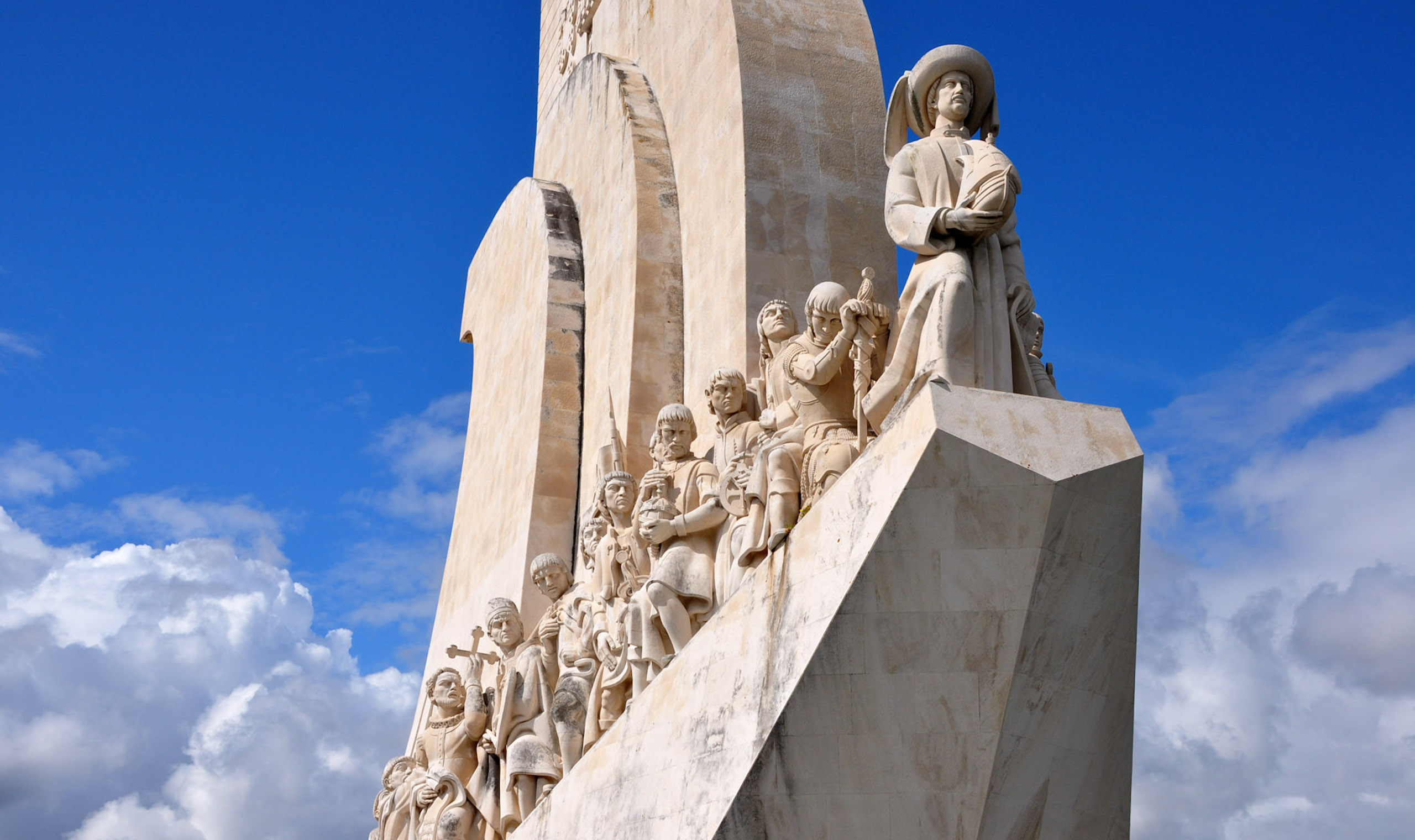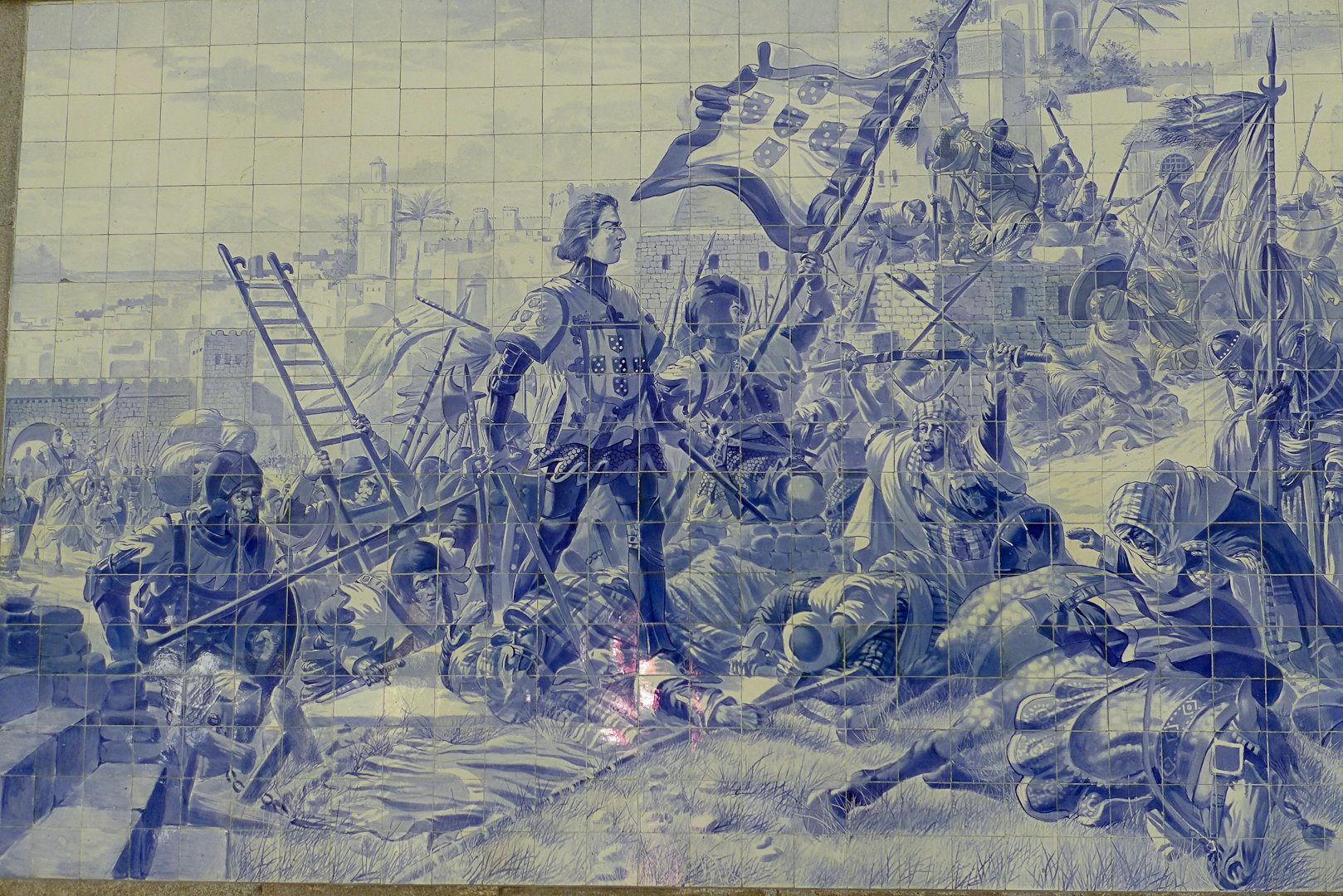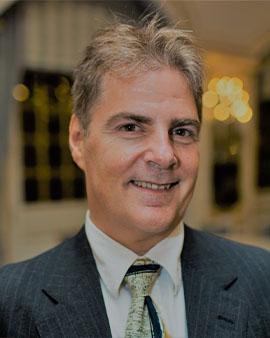When asked who conquered the vast oceans and discovered new parts of the globe, many people think of world-changing explorers such as Christopher Columbus, James Cook, Vasco da Gama, John Cabot, and Ferdinand Magellan. Those men, however, stood on the shoulders of Prince Henry the Navigator. His vision and leadership launched the Age of Discovery, the period ranging from the early 15th to late 18th century in which explorers vastly expanded knowledge of the Earth.
Born in the tranquil port town of Porto, Portugal, on March 4, 1394, Henry was the third of six children of Portugal’s King John I and Queen Philippa. Although the medieval era was waning at the time of Henry’s birth, philosophy was still the handmaiden of theology, and most people still considered religious texts to be the best source of knowledge about the world. Faith and superstition reigned. Many held that sea monsters, serpents, and water unicorns inhabited uncharted areas, making exploration perilous. Sailors feared to approach the equator because they thought the water there would be so hot that it would boil them to death. According to their belief system, pursuing the unknown could lead to one’s destruction.
Inquisitive minds, though, see alien places not as undefined dangers but as potentially enormous values. Instead of leaving such places shrouded in mystery, these minds rely on reason and experience to light up the darkness and move forward. Prince Henry was one such mind. Although potentially he could have become king of Portugal, the opportunity never tempted him. He was interested in improving Portugal’s position in the world, but he was more interested in the world as such. In The Discoverers, Daniel Boorstin describes Henry as “a curious combination of a bold heroic mind and an outreaching imagination. . . . His talent of obstinacy and his power to organize proved essential for the first great enterprise of modern discovery.”1 Prince Henry set his gaze seaward, and his work became a crucial stepping-stone between feudal subsistence and sending men to outer space.
As a boy he demonstrated great strength. He would ride his horse for hours at a time, traveling great distances, without stopping to rest. He prided himself on having little to eat or drink. He and his brothers were inspired by stories of knightly heroes such as El Cid.
When he was twenty-one, the prince and his brothers initiated a daring plot. In June 1415, Henry, his father, and his brothers planned to conquer the Moorish port of Ceuta. Poised on the southern side of the Strait of Gibraltar, the port town was a base for Barbary pirates who raided the Portuguese coast and a pivotal spot for Muslim control of the Mediterranean. On the day of the attack, Prince Henry was among the first to touch the beach of Ceuta, then fought for hours against the city’s defenders until they fled, leaving the town in Portuguese hands.
Having seen how the Moors leveraged the location to control shipping of and thus markets for goods in the Mediterranean, Henry was eager to take it over. He wanted to transform tiny Portugal into a commercial and military empire.
Yet, he had more interest in knowledge than in military glory or royal authority. Henry wanted to be an intellectual rather than a political leader. He declined an invitation to join the court in the capital of Lisbon, instead relocating to the Cape of St. Vincent near Portugal’s southwestern tip. A few miles further south is Sagres, a rocky peninsula that juts out into the Atlantic. The Romans believed the world ended there. Henry, on the other hand, identified it as the perfect spot from which to discover new worlds. There he erected a center for navigation, cartography, and shipbuilding. This, he decided, would be the focus of his life.
Beginning in 1419, Sagres would be the Prince’s headquarters for the next forty years. He did not undertake voyages himself, but instead enticed the best sea captains, mariners, map makers, compass makers, shipbuilders, carpenters, and craftsmen from all over Europe. Like a modern CEO, he integrated their diverse skills and the knowledge they gained, and he used it to push to and through frontiers that hitherto had been shrouded in mystery.
In an era when the art and science of navigation were in their infancy, Henry demanded accurate records of what his sea captains found. He wanted map making to be an exact science. “Exactly what compass course must a vessel set to go from one place to another? Exactly where were the reefs near a certain harbor entrance? Exactly what tides were to be expected along a certain stretch of coastline?”2 He wanted to know everything about each venture, so that future expeditioners would be better equipped to go even further.
The prospect of a sea route to India was particularly attractive because it could be a rich source of trade for Portugal. Land routes to India were costly, arduous, and controlled by hostile Moors. Henry was certain that his explorers could reach India by sailing south along the African shoreline, rounding the continent, then heading northeast.
The first goal was to reach Cape Bojador, the southernmost African point on contemporary maps, more than five hundred miles from Sagres. In 1419, Prince Henry’s explorers set sail for the Cape, but a violent storm hurled them off course. They ended up on a heavily wooded, uninhabited island, which they named Madeira; it proved to be an excellent source of wood for shipbuilding. When Henry learned of it, he sent a ship back to the island with settlers, who started a Portuguese colony.
Next, in 1427 Henry sent an expedition to the Azores. Similar to Madeira, it had rich forests, fertile farmland, and excellent fishing along the coast. Henry named Goncalo Velho Cabral—the discoverer of the islands—their governor.
In 1433, Henry planned another voyage to Cape Bojador and ordered navigator Gil Eannes to sail past it as well. Unfortunately, a storm blew the ship off course. Instead of reaching their intended destination, the explorers added yet another discovery to maps of the day: the Canary Islands, just northwest of Cape Bojador. Disappointed, Henry again charged Eannes with reaching the Cape. This time, Eannes succeeded triumphantly, sailing to and past it.
Unfortunately, one result of these expeditions was that Portuguese sailors raided African villages, taking natives as slaves. Horrified, Henry ordered his captains to end the practice. However, some continued, rationalizing their cruelty by claiming it was somehow retribution for the attacks they suffered at the hands of Barbary pirates—with whom these native Africans had no relation.
In 1440, Henry designed a new kind of ship, the caravel. Instead of one tall sail, the caravel had three triangular ones. This lighter vessel required few crewmen and could more easily sail into the wind than any other ship of the time. It allowed for better navigation, especially in shallow water. The caravel was able to transport heavy loads and the latest news from faraway lands.
As Henry predicted, once Portuguese caravels swept along the coast of Africa, the flow of gold dust, jewels, and spices transformed Lisbon into a busy commercial center. It was soon the heart of a worldwide trading empire. Many who earlier considered Sagres a waste of time and money now saw its value. And because wealth also poured into Sagres, Henry built an observatory where he could learn more about using the night sky as a navigational guide.
Henry’s expeditions continued, the goal of each simply being to go further south, to find the next cape, and ultimately, to round the tip of Africa and sail to India. In 1455, at Henry’s direction, the Venetian sailor Alvise Cadamosto reached the Gambia River, then explored the Cape Verde Islands. He returned the following year with—among other things—the trunk and foot of an elephant, the first Henry had ever seen.
The next expedition was in 1458, when Diego Gomez went further south, exploring what is today the Senegal coast. He then ascended the Gambia River before returning to find Henry near death.
Henry, age sixty-four, not only recovered but decided to go on an expedition himself. In 1453, the Turks had taken Constantinople, and the Pope called all Christian nations to exact revenge. Only Portugal answered the call. In 1458, the Prince led an attack on the African city of Alcacer Seguir, and the city surrendered in a day.
Two years later, Henry fell ill again. Sensing that he would not recover, he carefully gathered his reports, maps, charts, and records and organized them. Portugal’s King Alfonso commissioned Fra Mauro, the world expert on cartography, to make Henry a new atlas. Henry ensured that it accurately portrayed his sailors’ discoveries, thus integrating his life’s work into a single invaluable resource for future navigators and scholars. He died in Cape St. Vincent on November 13, 1460.
The fruits of Prince Henry’s labors did not die with him. He left a far-reaching legacy. Henry’s grandnephew, King John II, recognized how profitable Henry’s enterprises had been, and he supported further exploration. The next wave of explorers sought notoriety, nobility, and riches—and they relied heavily on the knowledge Henry had amassed and the inspiration he provided. In 1482, Diego Cam crossed the equator and sailed into the Congo River, shattering the myth of death by boiling waters. When Cam returned to Lisbon, King John II promoted him from esquire to knight, granting him an annuity and a coat of arms.
In 1487, Bartholomew Diaz went far past the equator, reaching the southern tip of Africa and what today we call the Cape of Good Hope. Diaz went roughly 5,750 nautical miles and wanted to continue further, but his crew threatened mutiny after a severe storm. He returned to Portugal after erecting a pillar to mark the discovery. Diaz may have been disappointed to cut short his journey, but he returned home a hero. In his notes, Columbus revealed that he was at the royal court on the day that Diaz presented his captain’s log and charts to a delighted King John II.3
Columbus approached Portugal in his quest to reach India and Asia by sailing west. However, King John II was committed to Henry’s vision of a southern route and so turned him down. Columbus made the same offer to King Ferdinand and Queen Isabella of Spain, who accepted. And on his world-changing journey, Columbus used Portuguese-designed caravels, which were still the best vessels in the world for exploration.
Meanwhile, other European nations observed the benefits of exploration and began commissioning explorers. For instance, in 1497, England commissioned Italian-born Giovanni Caboto (John Cabot), who landed on the coast of North America in what is now Newfoundland.
Then in 1498, Vasco da Gama finally achieved Prince Henry’s goal of reaching India by rounding the southern tip of Africa. Despite losing two of his four ships and half of his crew, his three-year journey earned a massive profit for Portugal. Da Gama was named Admiral of the Seas of Arabia, Persia, India, and all Orients.
In 1500, Pedro Alvares Cabral was sailing to India to advance the trade route established by da Gama when his ship strayed far off course. He arrived—on the other side of the Atlantic—in the land now called Brazil and claimed it for Portugal. He topped this feat by continuing on to India, where he bought silks and spices, which he later sold for a sizable profit.
Then, in 1519, Portuguese-born Ferdinand Magellan organized an expedition to the East Indies, resulting in the first circumnavigation of the Earth. Such exploration and discovery continued, largely led by Portuguese explorers who built on the knowledge that Prince Henry had accumulated.
After reason had been smothered during the Dark and Middle Ages, the Renaissance marked its rebirth. Prince Henry was among those who lit the world with knowledge and sparked this transformation. In 1960, commemorating the fifth centennial of his death, the city of Lisbon erected the Monument to the Discoveries, a massive stone ship bedecked with dozens of distinguished explorers, mathematicians, cartographers, painters, and other heroes of the Age of Discovery. It juts out over the Tagus River near the mouth of the Atlantic. And at the front, with model caravel and map in hand, Prince Henry—confident and curious—gazes due south.
Click To Tweet
You might also like
Endnotes
1. Daniel J. Boorstin, The Discoverers (New York: Random House, 1983), 159.
2. William Jay Jacobs, Prince Henry the Navigator (New York: Franklin Watts, 1973), 27.
3. Jacobs, Prince Henry the Navigator, 45.
















